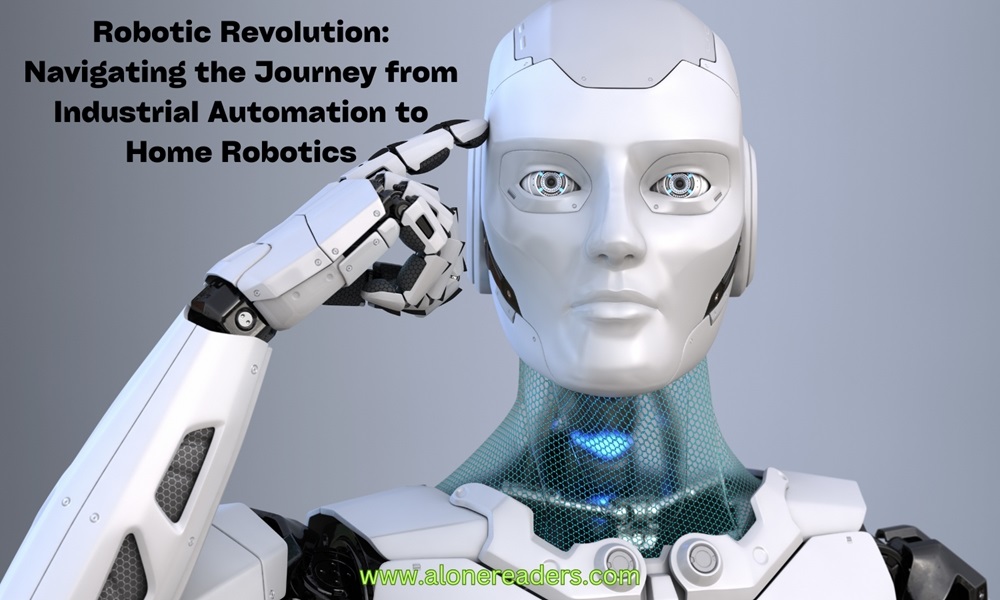
The story of robotics is a narrative of constant evolution, innovation, and expanding horizons. From their earliest inception in industrial settings to their more recent foray into our homes, robots have continually reshaped our world and our expectations of what is possible. This article delves into the remarkable journey of robotics, tracing its origins in factories and following its progression into an integral part of our daily lives.
The Birth of Industrial Robots
The evolution of robotics began in earnest in the mid-20th century, within the realm of industrial manufacturing. The introduction of the first industrial robots, like the Unimate in the 1960s, marked a pivotal moment in manufacturing history. These early robots were primarily used for tasks that were dangerous, repetitive, or required precision beyond human capability.
Advancements in Industrial Robotics
Over the decades, industrial robots have become increasingly sophisticated. The integration of advanced sensors, programming capabilities, and artificial intelligence has expanded their use beyond simple tasks. Today's industrial robots can perform complex assembly, quality control, and even intricate welding with unprecedented accuracy and speed, revolutionizing production lines across various industries.
The Emergence of Service Robots
As technological advancements continued, the 21st century witnessed a significant shift in robotics from purely industrial applications to service-oriented roles. Service robots, designed to assist humans in various tasks, began appearing in areas such as healthcare, education, and customer service. These robots range from telepresence devices in hospitals to interactive educational aids in classrooms.
The Rise of Domestic Robots
Perhaps the most relatable development in the world of robotics is the advent of domestic robots. Robotic vacuum cleaners, like the Roomba, were among the first to enter our homes, offering convenience and efficiency in mundane household tasks. Since then, the range of home robotics has expanded to include lawn mowers, window cleaners, and even personal assistant robots equipped with AI to interact with family members.
AI and Machine Learning: The Brains Behind the Bots
A key factor in the rapid development of robotics has been the advancements in artificial intelligence and machine learning. These technologies enable robots to learn from experience, adapt to new environments, and make decisions with minimal human intervention. AI-powered robots can now recognize voices, interpret emotions, and even develop personalities, making them more relatable and useful in everyday settings.
Sensor Technology and Mobility
The evolution of sensor technology has also played a crucial role in advancing robotics. Improved sensors allow robots to better understand and interact with their environment. This has been crucial in the development of autonomous vehicles and drones, which rely on sophisticated sensor arrays to navigate and perform tasks.
Blending Robots into Everyday Life
Looking forward, the integration of robotics into daily life is expected to continue at an accelerated pace. From collaborative robots (cobots) working alongside humans in factories to companion robots providing company and assistance to the elderly, the potential applications are vast and varied.
Ethical and Societal Implications
As robotics becomes more integrated into our lives, it raises important ethical and societal questions. Issues such as job displacement, privacy concerns, and the ethical treatment of AI entities are increasingly relevant. It is crucial that these concerns are addressed through thoughtful regulation and public discourse.
The journey of robotics from industrial tools to household companions is a testament to human ingenuity and the endless possibilities of technology. As we stand on the brink of a new era in robotics, it is important to embrace these advancements while being mindful of the challenges they bring. The future of robotics, intertwined with our own, promises a world of innovation, convenience, and unforeseen opportunities.